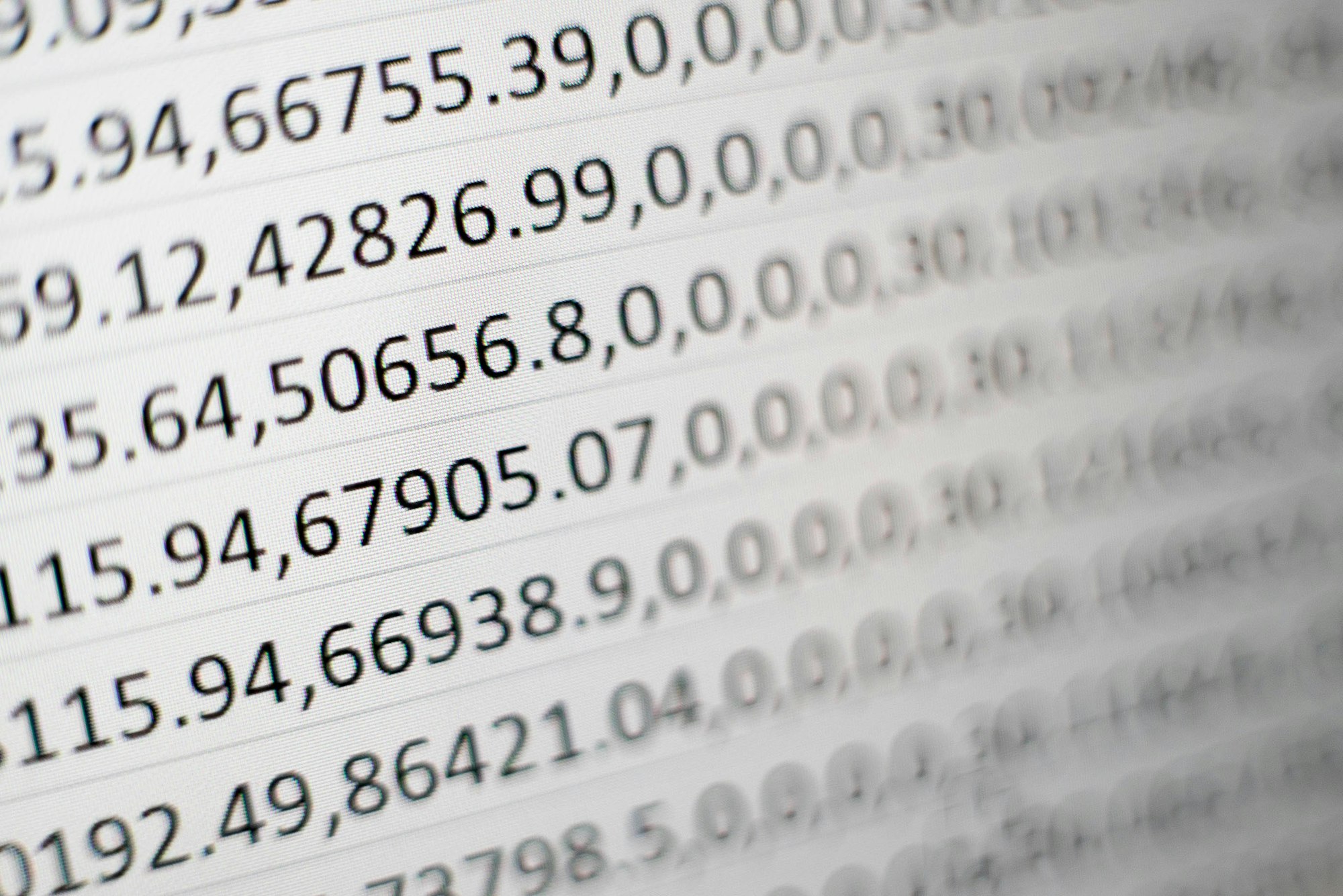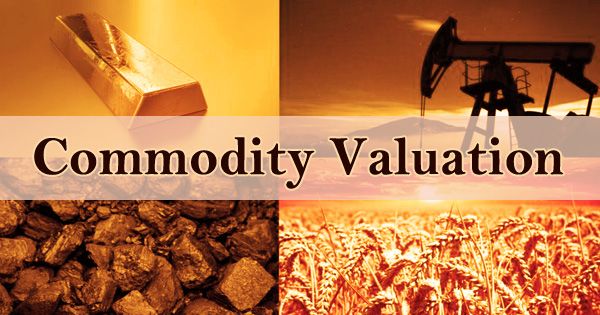Commodity valuation - How are prices determined in the commodities market?


Introduction
You may wonder how commodity prices are determined and what factors are involved. It can be a complex process, but we will try to break it down for you in this article.
The price of a commodity depends on many factors, which include demand and supply, production expenses, government regulations, price of supplementary & complimentary commodities, macro-economic factors etc. However, the most important factor is the law of supply and demand. If demand for a commodity is high and supply is low, the price will be higher and Vice a versa.
In addition to these factors, prices can also be affected by speculation. Investors buy or sell commodities based on their expectations of future price trends. This can cause prices to rise or fall quickly, depending on the current market sentiment. Selling and purchasing should always be done by analyzing their future worth.
What are commodities?
Raw materials are products that are used to make other products. For example, copper is a raw material because it is used to make wires and other electronic components.
Gold is another example of a commodity. It is often used for jewellery but has other industrial applications. Crude oil as a raw commodity is processed to make all sorts of things, from plastics to gasoline.
The difference between spot and forward prices in the valuation of commodities
Have you ever wondered how the price of a barrel of oil, or a bushel of wheat is determined? It's a process that is constantly evolving and can be quite complex.
Commodity prices are determined in two ways: Spot prices and futures prices.
The spot price is the price at which the commodity is currently trading. The forward price is the price agreed today for a transaction that will take place sometime in the future.
The main difference between the two is that the spot price is determined by supply and demand in the current market, while the future price is based on expectations for supply and demand in the future adding cost of carry to it.
Spot prices are used in financial markets to determine the value of commodities such as oil and gold that are traded on an exchange such as the New York Stock Exchange (NYSE).
Forward prices are used by producers and traders who buy and sell commodities over time.
Participants in the commodity markets (spot/future)
In the spot market, commodities are traded, and where buyers and sellers are looking to make a quick profit. In the futures market, contracts are traded, and here prices are set for the future.
There are many different participants in the commodities market, and each of them plays a specific role.
- Producers: These are the people who mine or grow commodities.
- Processors: These are the companies that process raw materials into finished products.
- Merchants: These are the middlemen who buy and sell raw materials.
- Hedge funds: These are investment funds that trade in commodity futures.
Price fixing method in the spot market
The commodity market has three main pricing methods:
· The fixed price - In the fixed price, the buyer and seller agree on a price in advance, binding the transaction.
· The minimum price – The minimum price is similar but is set by a third party - usually a government or regulatory agency. It is the minimum amount a buyer is willing to pay for a good and serves as a safety net for sellers.
· The variable price - The free price is determined by supply and demand. This is what most people think of when they think of commodity prices - the cost of commodities is constantly changing depending on how much of it is available and purchasing capacity of buyers.
Future market pricing method
Understanding how commodities are priced is important before you start trading in the future market. The price of a commodity is determined by several factors, including basis, speculative trading, market sentiment, etc.
The basis is the price of the commodity in its physical form. For example, if you are buying wheat, the basis is the price of wheat in the open market.
In speculative trading, traders buy and sell commodities based on their predictions of future prices. This can be a risky business, but it can also be very profitable. Future market pricing is a speculative trading strategy that uses technical analysis and other methods to predict future commodity prices. The strategy is based on the idea that commodities can be valued by looking at their price performance and comparing it to the commodities current price & cost of carry. In this way, one can estimate how much a commodity will likely be worth soon.
Speculative trading involves buying and selling of other financial derivative products like options. Options allows traders to hold a leveraged position in an asset at a lower cost than buying the shares of the asset. Commodity trading managers use options to manage their price risk also known as Hedging.
How are the prices of commodities determined?
How the price of a commodity is determined can be a complex process influenced by a variety of factors.
Demand and supply - When supply is more and demand is low, it is going to decrease the Price. Whereas, when there is a lot of speculation in the market - if traders believe the price of a commodity is going to increase, they will buy in large quantities, driving the price up even more.
Macroeconomic and geopolitical factors also play a role. For example, an economic crisis in a particular country can lead to a drop in demand for that country's commodities. And if there is political unrest in a region, this could lead to higher prices, as traders worry about possible supply disruptions.
Other factors affecting prices include weather conditions, mining, and transportation costs. Ultimately, it's a complicated process with all these factors to consider. Have a look at how AI/ML can help with price forecasting.
Conclusion
To summarise, Price fluctuations are affected by factors including weather changes, political instability, and global economic conditions. It is important to stay informed about changes in the commodity market so that you can make informed investment decisions.
Log in to PriceVision to have an insight into commodity pricing.